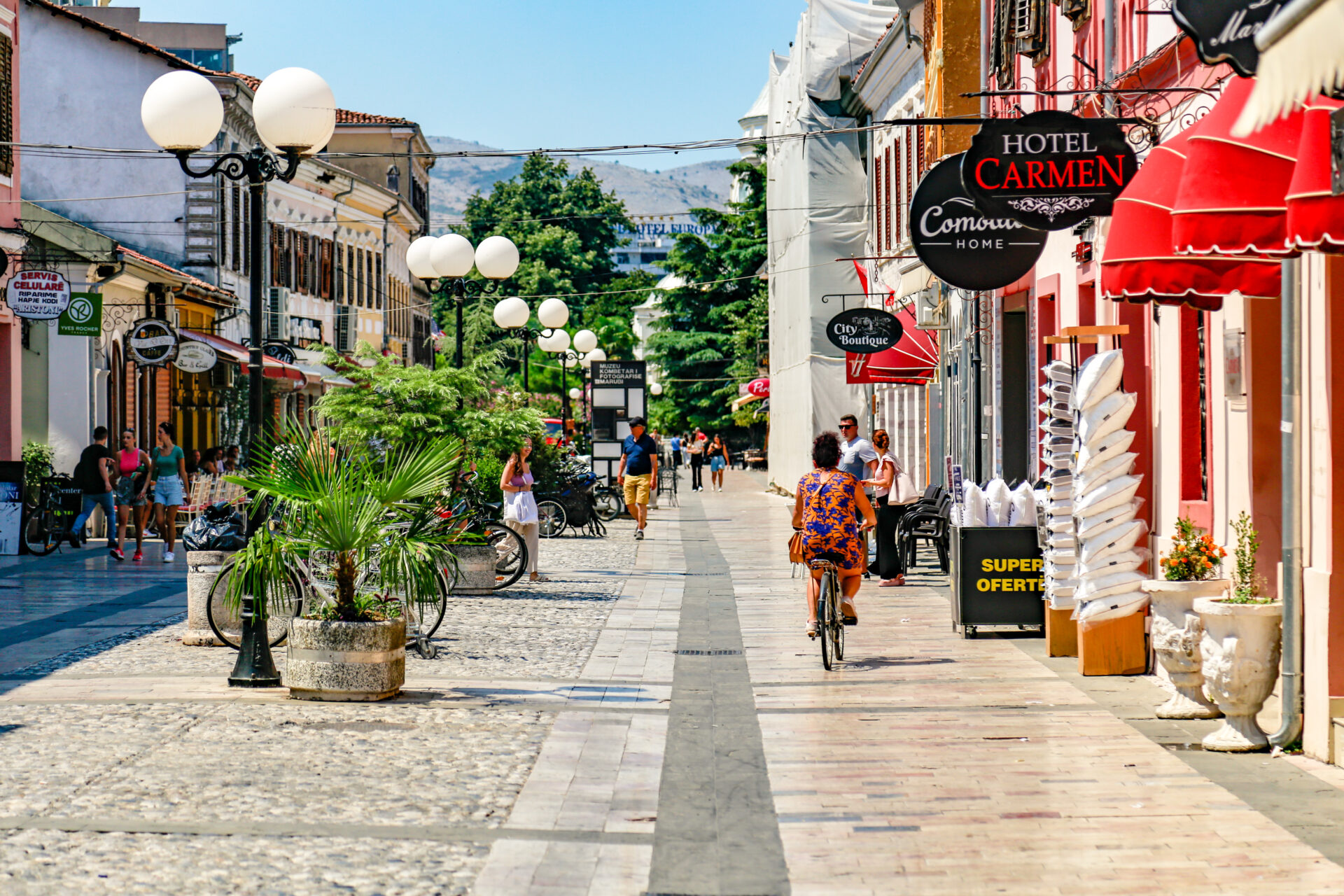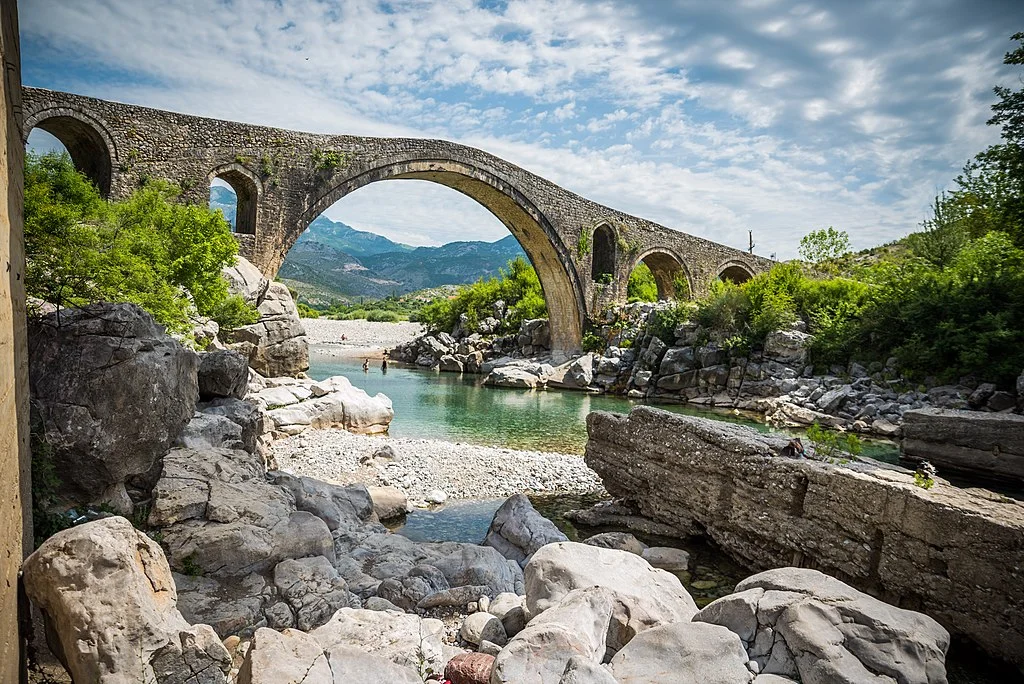Key Takeaways
- Shkodër is one of Albania’s oldest cities, rich in history and culture.
- Its strategic geographic location places it at the crossroads of mountains, lakes, and the sea.
- The city is home to iconic sites like Rozafa Castle that embody legends and history.
- Shkodër County boasts diverse ecosystems, from Lake Shkodër to the Albanian Alps, offering unique ecological and outdoor experiences.
- The region’s economy blends agriculture, tourism, and traditional crafts, sustaining its vibrant cultural fabric.
Introduction: A Historical Glimpse into Shkodër
Shkodër, *one of Albania’s oldest cities*, is a beacon of historical and cultural significance. Nestled in the heart of the region, it has played a vital role throughout the centuries. Its history stretches back to the
Illyrian era and persisted through Roman, Venetian, and Ottoman influences. This layered past has crafted a city rich in stories, legends, and resilience.
A key symbol of its enduring legacy is Rozafa Castle, associated with legendary sacrifices and panoramic views. The city embodies a spirit of resistance and cultural diversity, exemplified through historic sites, religious harmony, and museums. Its regional importance is enshrined within
Shkodër County, which sustains Albania’s cultural heartbeat and economic vitality.
Geographic Overview of Shkodër County
Situated in northwestern Albania, Shkodër County shares borders with Montenegro to the north, Lezhë County to the south, Kukës County to the east, and the
Adriatic Sea to the west. This strategic location offers a diverse landscape of mountains, plains, and coastline.
At the heart lies
Lake Shkodër, the largest lake in the Balkan Peninsula and a UNESCO-protected Ramsar site. Its waters teeming with biodiversity serve as a vital ecological hub. The surrounding
Albanian Alps or Bjeshkët e Namuna, stretch across the north, providing dramatic scenery and outdoor adventure opportunities. The region’s Mediterranean climate ensures warm summers and mild winters, fostering lush ecosystems and agricultural productivity.
Historical and Cultural Significance of Shkodër
Shkodër’s history is marked by its strategic importance and cultural diversity. Its roots in
Illyrian heritage laid the foundation for a city that thrived through various empires. Under Venetian and Ottoman rule, it became a bastion of resistance, resilience, and cultural tolerance.
The iconic Rozafa Castle stands as a symbol of local legends and historical architecture. The city also hosts important religious sites such as the St. Stephen’s Cathedral and the Ebu Bekr Mosque, representing religious harmony.
Cultural institutions like the Historical Museum of Shkodër preserve the region’s archaeological, ethnographic, and artistic legacy. Traditional music (e.g., *lahuta*), dance, and regional cuisine foster a vibrant cultural scene that celebrates its diverse roots.
Demographics and Economy of Shkodër County
The population of Shkodër County predominantly comprises ethnic Albanians, with a history of cultural diversity. The Albanian Institute of Statistics indicates ongoing demographic and migratory shifts shaping local society.
The economy revolves largely around agriculture—grapes, fruits, vegetables, and tobacco. These products support local markets and form the backbone of rural livelihoods. Tourism is a growing sector, with visitors drawn to natural landscapes and historic sites, further supported by eco and adventure tourism initiatives.
Traditional crafts, such as wood carving and metalwork, remain vital, connecting artisans’ skills with regional cultural identity. Artisan guilds help preserve these crafts, ensuring their legacy endures for future generations.
Tourism and Attractions in Shkodër County
Shkodër County is a treasure trove of natural and historical attractions. The
Lake Shkodër National Park offers birdwatching, boating, and scenic strolls. The legendary Rozafa Castle captivates with its legends and panoramic vistas.
The city center bustles with museums, historical sites, and vibrant markets. The
Mesi Bridge is an Ottoman-era landmark arching serenely over the Kir River, perfect for photography and exploration. While Theth National Park extends beyond the borders, its pristine mountain trails tempt hikers and nature lovers.
Outdoor activities include hiking, cycling, and water sports, with optimal visiting seasons in spring and autumn for mild weather. Accessibility is facilitated by road connections from Tirana and Montenegro, and accommodations range from luxury hotels to charming guesthouses.
Infrastructure and Connectivity in Shkodër
Shkodër’s transport infrastructure ensures ease of access. Major highways connect it to Tirana, with bus services operating regularly for regional travel. Tirana International Airport serves as the gateway for international travelers.
Despite limited rail options, ongoing development projects may bolster future connectivity. Lake Shkodër also facilitates boat traffic, providing alternative transport across the region. Local amenities support tourism, including diverse dining, retail, healthcare, and banking services. Lodging options range from modern hotels to rustic guesthouses that reflect the region’s hospitable spirit.
Conclusion: The Enduring Significance of Shkodër County
In summary,
Shkodër County embodies a unique blend of natural beauty, rich history, and cultural diversity. Its strategic geographic position has shaped its development through centuries and continues to make it a vital region today. Its legendary sites, ecological richness, and vibrant traditions present a compelling invitation for explorers and history enthusiasts alike.
Whether you’re drawn by its scenic landscapes, historical landmarks, or cultural vibrancy, Shkodër offers a rewarding experience. As a region that honors its past while embracing future growth, it remains a cornerstone of Albanian identity and heritage.
I





